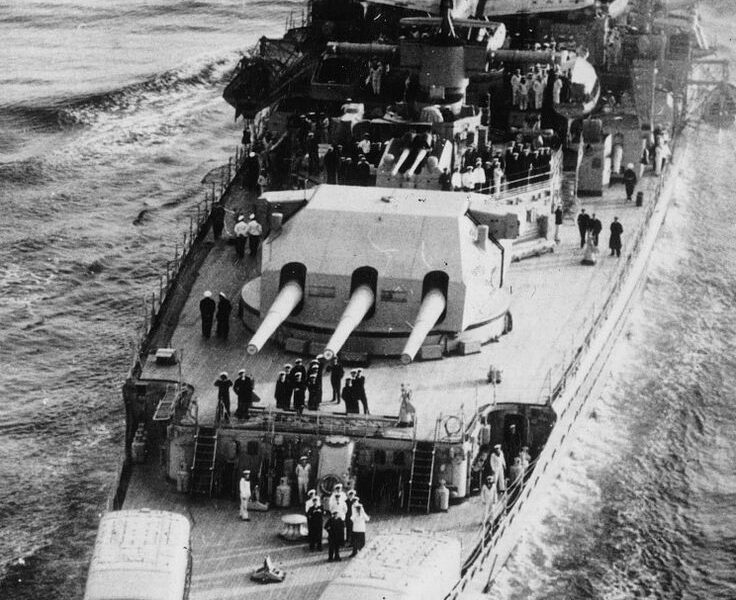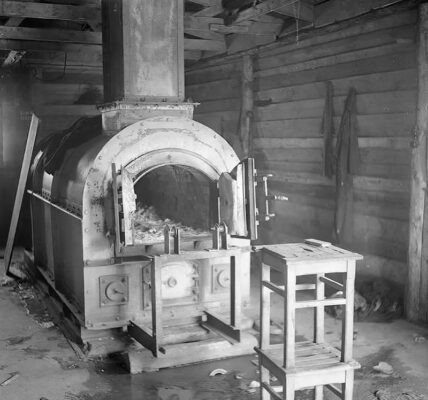Legendary Showdown: The Rise and Fall of the German Battleship “Admiral Graf Spee” (1937)
In the stormy seas of the late 1930s, the German battleship Admiral Graf Spee was a formidable force. Launched in 1934 and commissioned in 1936, it represented a breakthrough in naval engineering. With its sleek design, high speed, and powerful cannons, the Admiral Graf Spee was built to outgun smaller ships while outrunning larger, more heavily armed vessels. It embodied Germany’s strategy of challenging the naval supremacy of Great Britain and France without violating the restrictions of the Treaty of Versailles.
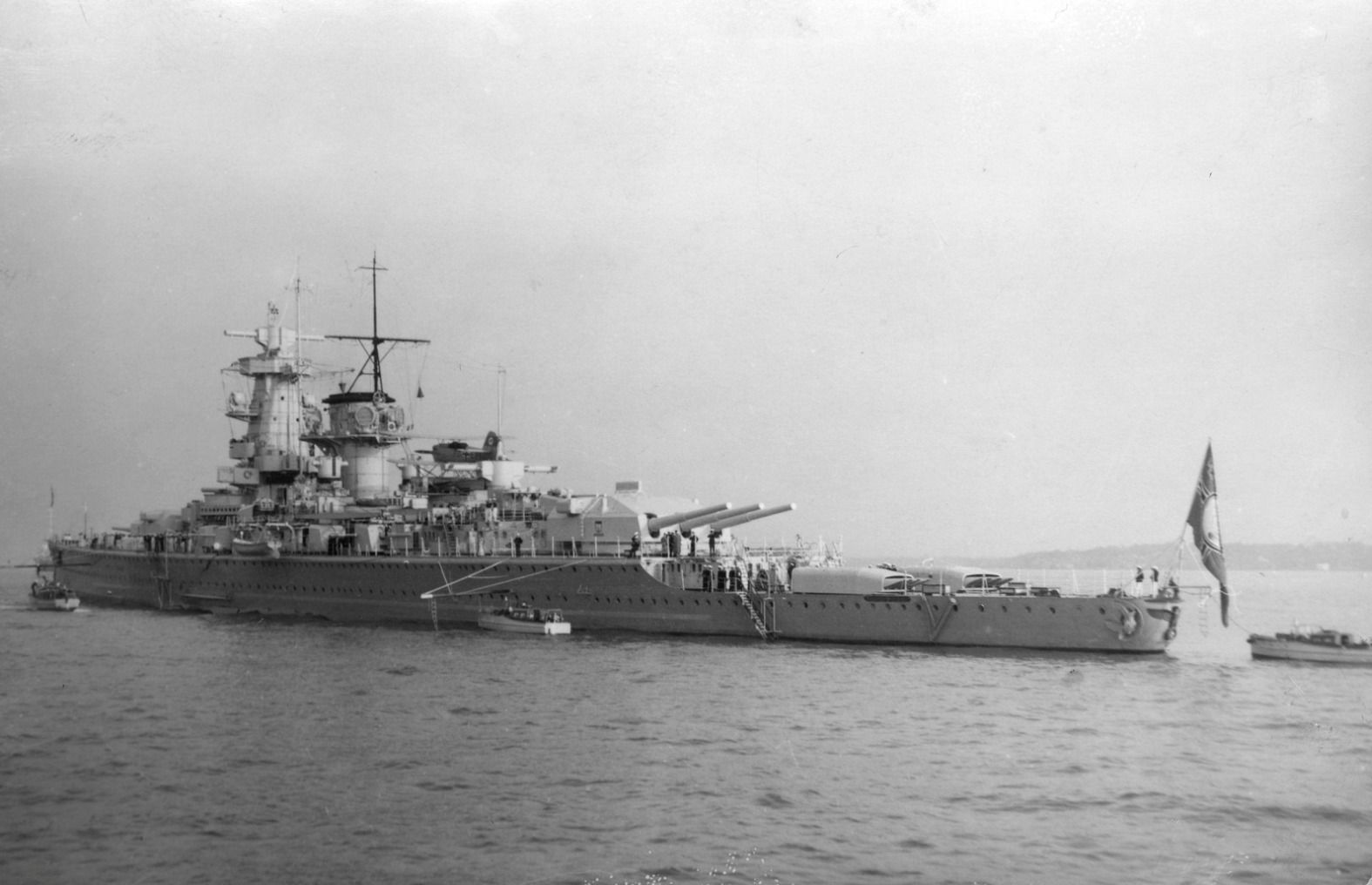
A naval miracle
The Admiral Graf Spee was a masterpiece of naval innovation. Classified as a “pocket battleship” due to her displacement, she combined high firepower with maneuverability. Her 11-inch main guns could hit targets at ranges far beyond those of many of her opponents, making her a dangerous opponent on the open sea. Equipped with six 11-inch guns and eight 5.9-inch secondary guns, the ship possessed firepower rivaling that of many traditional battleships, albeit with a much smaller profile.
Its diesel engines also provided a longer range, allowing it to cover long distances without refueling—a decisive advantage for long-range operations. The ship’s speed, reaching up to 28 knots, gave it the ability to enter or withdraw from combat at will, thus dictating the conditions of the battle.
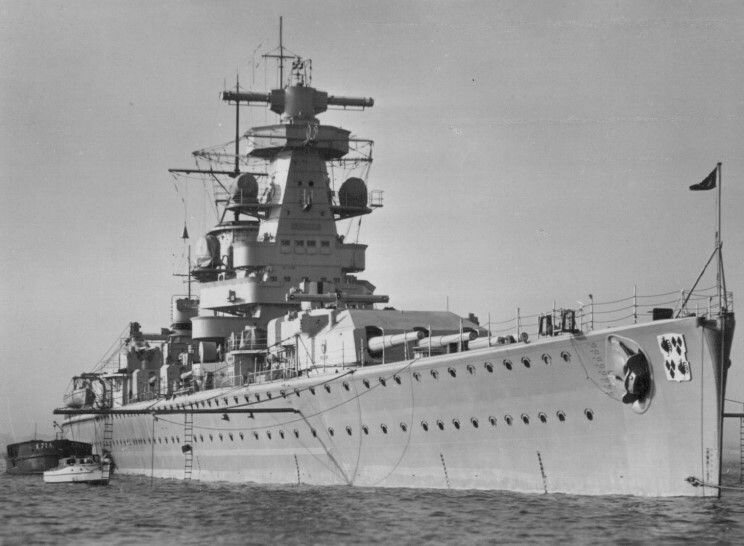
The Battle of the Río Plata
The Admiral Graf Spee achieved international fame through her participation in one of the first major naval battles of World War II: the Battle of the Río de la Plata in December 1939. Under the command of Captain Hans Langsdorff, the ship cruised the South Atlantic, sinking Allied merchant ships and disrupting vital supply routes. Within three months, she sank nine merchant ships, causing major disruption to the Allied naval forces.

Its reign of terror ended, however, when it encountered a British raiding party off the coast of Uruguay, consisting of the heavy cruiser HMS Exeter and two light cruisers, HMS Ajax and HMNZS Achilles. Although outnumbered, the Admiral Graf Spee inflicted significant damage on the British forces. However, after a fierce battle, the German ship was forced to retreat to the neutral port of Montevideo.
The dramatic end
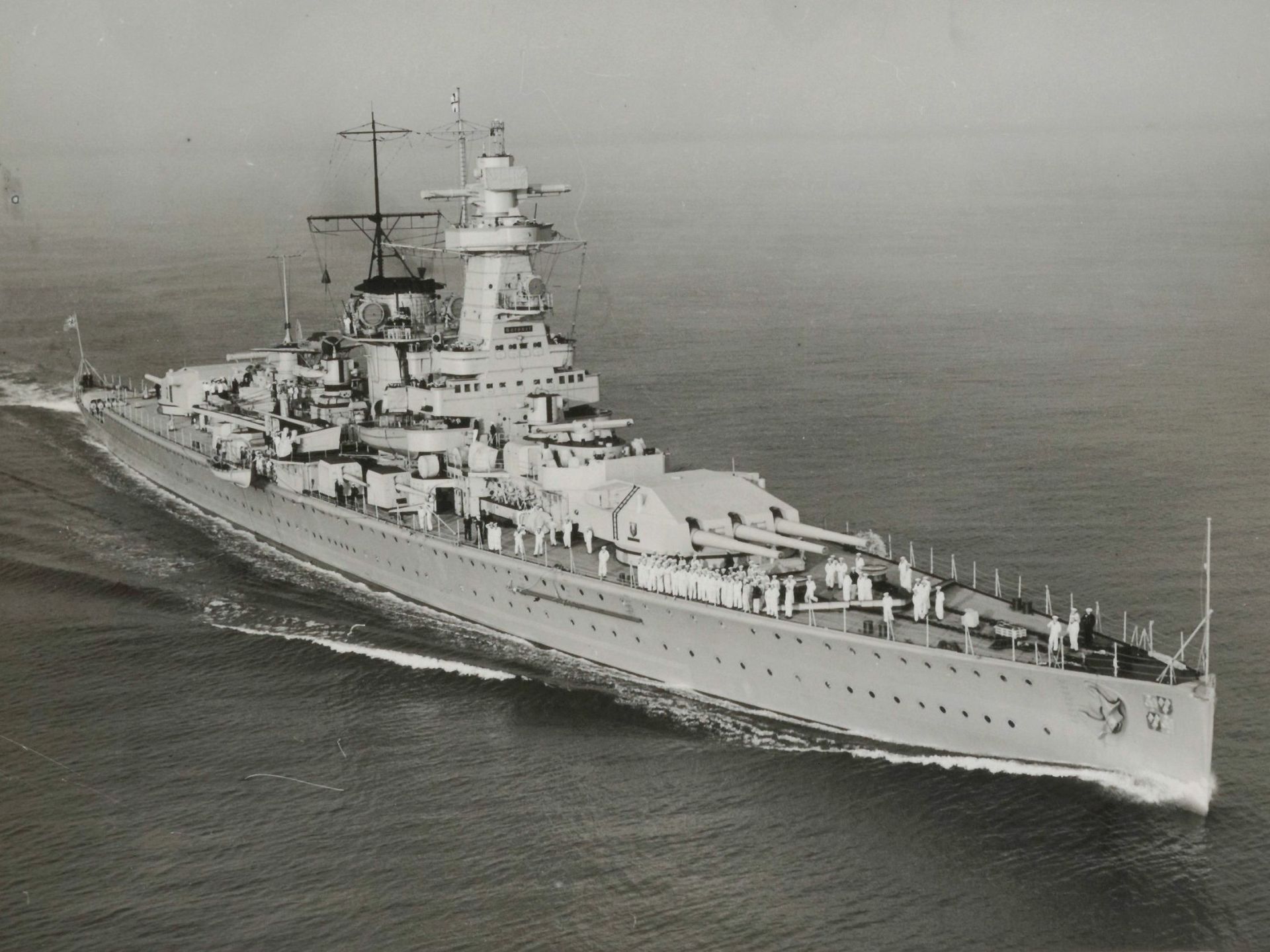
Under international law, the Admiral Graf Spee was only allowed to stay in Montevideo for 72 hours, which put Captain Langsdorff in a difficult position. British troops were waiting outside the harbor, ready to attack if the ship attempted another escape. With few options left and misinformed about the size of the British forces waiting for him, Langsdorff made the dramatic decision to scuttle his ship rather than allow it to fall into enemy hands.
On December 17, 1939, the Admiral Graf Spee was sunk off the coast of Montevideo. Captain Langsdorff and his crew were evacuated, and the once-feared battleship sank into the waters, marking the end of his short but storied career. Days later, Langsdorff took his own life out of loyalty to his men and his duty—a tragic end to a naval legend.

legacy
The sinking of the Admiral Graf Spee became a symbol of both German naval might and the tragic consequences of the war. Although it was a tactical victory for the Allies, it also demonstrated the tenacity of the German Navy. The wreck of the Admiral Graf Spee remains a haunting reminder of the naval strategies, innovations, and human losses of World War II. Today, its legacy continues to fascinate historians and naval enthusiasts alike.
